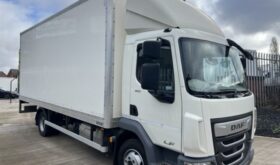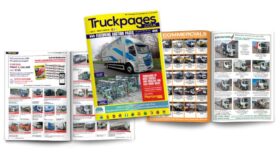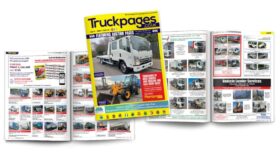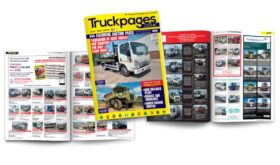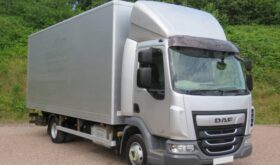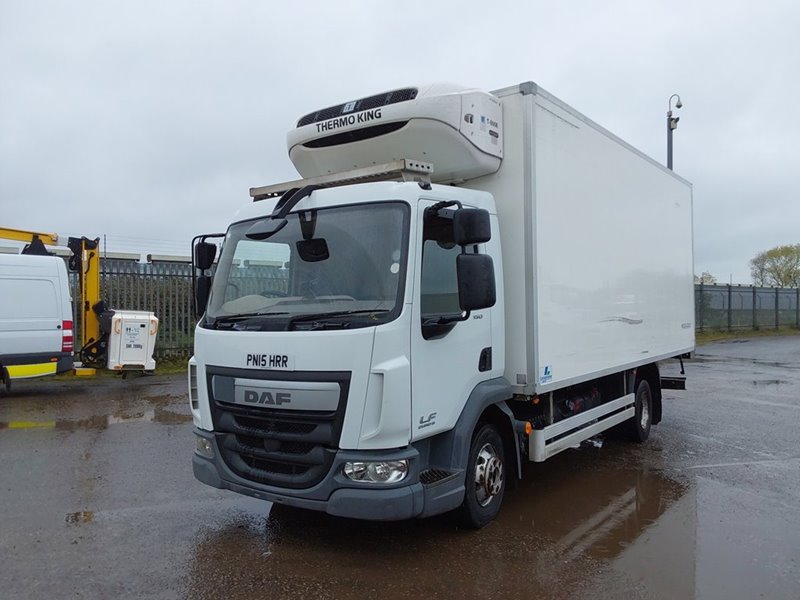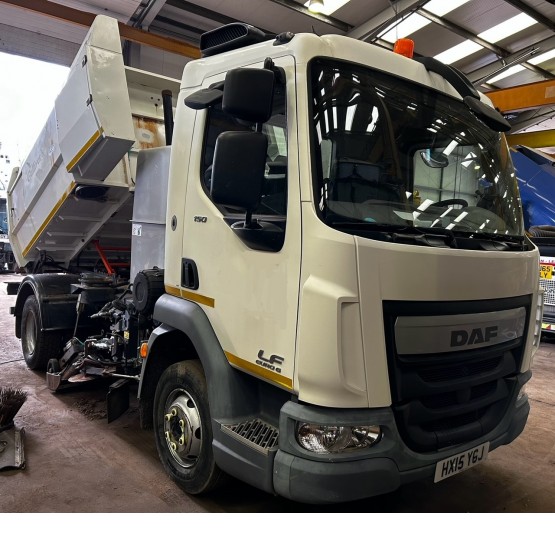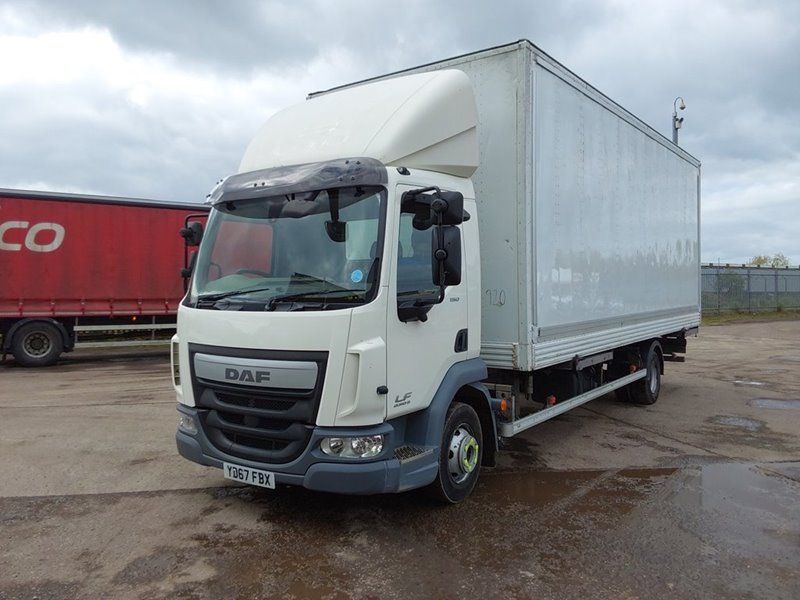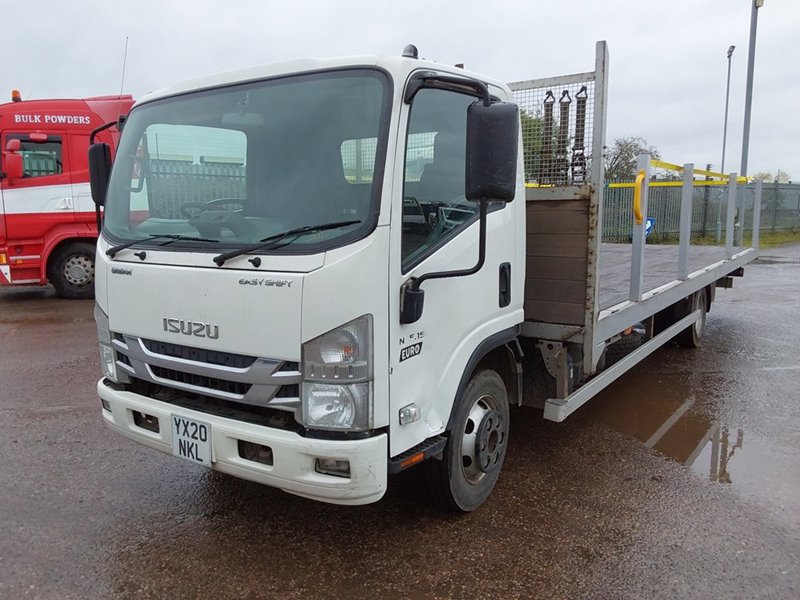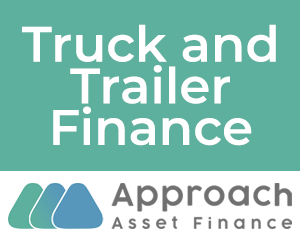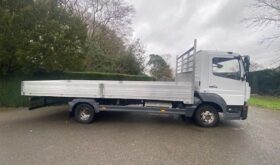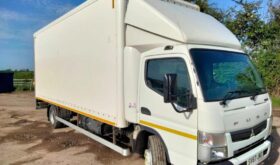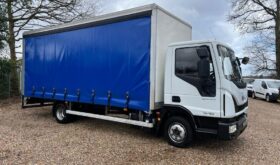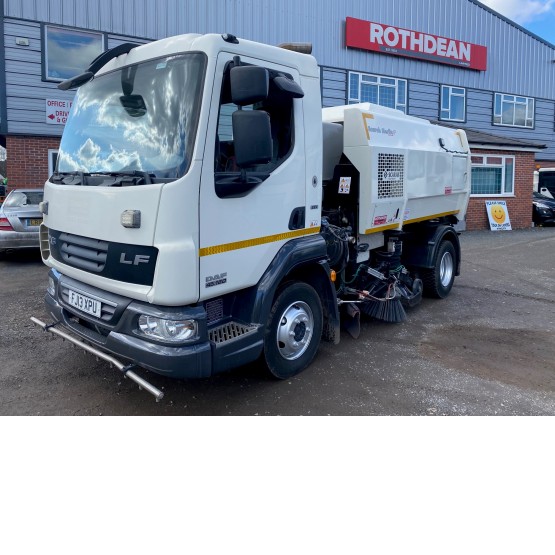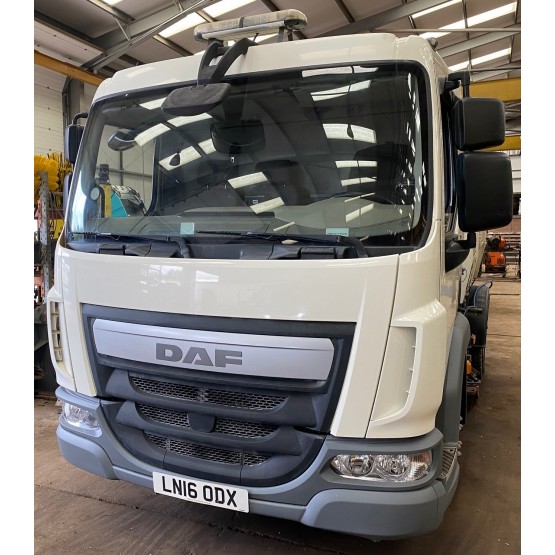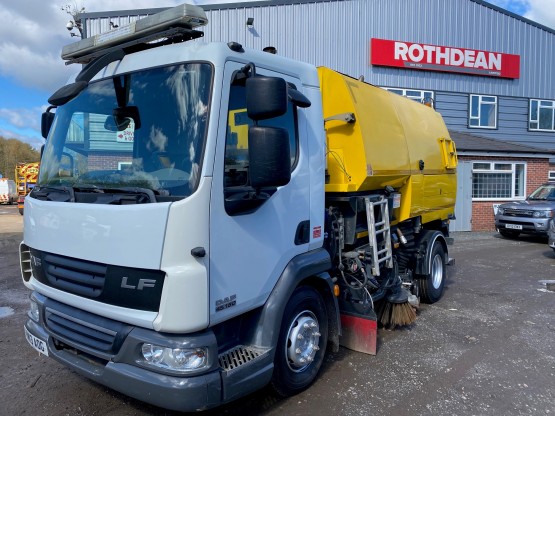7.5 Tonne Trucks for Sale (342)
7.5 tonners have been the workhorses of the UK economy for many years and are always popular buyer’s choice at Truckpages. Typical 7.5 Tonne Lorry Dimensions: As operators can choose from a wide variety of bodies to be fitted to their trucks – even after the European Whole Vehicle Type Approval has removed some of the choice – you can find 7.5 tonnes box vans with body lengths from as short as 14ft and as long as 26 feet. A typical, average length would be 20 to 21 feet. The body length is dependent upon the wheelbase length as the overhang over the rear axle is important – nobody wants to see a truck performing a wheelie! Again, heights are variable – there’s no point in having a tall box body if your payload is a heavy one, as it will create unnecessary wind resistance because you will never be able to fill it up!
More About 7.5 Tonne Trucks
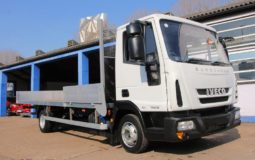
When talking about 7.5 tonne tippers, body lengths are typically much shorter – you will normally see a 14ft to 16ft tipper body on a 7.5 tonne chassis, whilst dropsides and flatbeds are typically longer – especially those designed specifically for scaffolding work.
7.5 Tonne Truck Payloads
Here’s the problem with 7.5 tonne trucks – the payloads are not very good. A standard DAF LF with a day cab has an unladen weight of between 3.3 and 3.5 tonnes, depending on the wheelbase (there are no fewer than eight to choose from). That leaves about 4 tonnes for the body, driver and fuel. The overall payload depends on the weight of the body, the ancillaries, (like tail lifts, refrigerated units etc.) but in general, it means that you will be looking at a payload of around 3 tonnes to get to the 7.5 tonnes GVW (Gross Vehicle Weight).
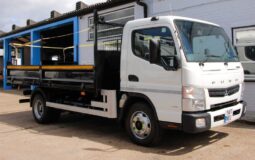
When you compare this to a less popular 12 tonne truck, which looks almost identical to the 7.5 tonne version and weighs in at just 300kgs more, you will be able to carry 4 tonnes more than the 7.5 tonner! Most of this will be down to larger wheels and tyres – the only easy way to spot the difference these days.
So why are the 7.5 tonne trucks so popular?
The answer is that they are a lot less popular than they were 20 or so years ago. This is all down to a change in driver licencing rules.
Who can Drive a 7.5 Tonner?
If a driver completed their driving test prior to 1996 then they have the automatic right to drive a 7.5 tonne truck. However – to drive one professionally, they will still need to have a driver CPC. What this does mean is that there is still a relatively large pool of drivers who are able to drive at 7.5 tonnes, but not a t 12 tonnes GVW.
7.5 Tonne Truck Market
The other reason for the decline in the 7.5 tonne truck market is operators are either upsizing or downsizing their vehicles. We have seen that 7.5 tonnes is not terribly efficient, but operating at 18 tonnes is the most efficient way – compared to a 16 tonner, for example.
Equally if you don’t want the hassle of obtaining an operator’s licence (compulsory for vehicles over 3.5 tonnes GVW) then use a 3.5 tonne GVW van (like a Transit, for example) which can be driven by any car driver without a CPC.
Latest News About 7.5 Tonne Trucks
Should I Buy a 7.5 or 12 Tonne Truck?
This is exactly the decision that faces many own account operators who are venturing into operating a truck for the first time will ask. Perhaps the company is a wholesaler or manufacturer that has bought in transport or used vans to carry out their business and feel that they have outgrown both options. Of course, a company could choose to buy any weight of truck – there are plenty of others, 10 tonners, 16 tonners and, of course, 18 tonners. These are options we consider in other articles, but the 12 and 7.5 tonners look similar and are reasonable common…
Truckpages Issue 207 is out now
Well, this really is BIG NEWS in the Truckpages world. On this week's front cover is the first ever fully electric truck to appear for sale inside the magazine. If is a fully electric, 19 tonne GVW (you get the extra tonne for it being electric) DAF LF E19 Electric with the 26ft curtainside body and tuckaway tail lift. The truck is a 2022 model and has only covered 33,435 kilometres. It is certainly worth a phone call to the vendors, Ford and Slater who have priced the truck at £180,000+VAT. Just think, never having to fill the truck with…
Truckpages Issue 206 is out now
This looks like the perfect truck for someone who needs a new recovery truck in a hurry. This is a 2024 new and unused Isuzu N75.190 seven seater crew cab recovery truck. It's fitted with a new ORS recovery systems 18ft aluminium slide bed and second car carrier spec lift and a remote control winch. The truck is ready and in stock at CTR Truck & Van Sales in the West Midlands. Check out all of the details on page 11 of the magazine where you'll also find details of their 2018 12-tonne Eurocargo recovery truck for sale. Click to…
Truckpages Issue 203 is out now
The picture of a 2023 7.5 tonne Isuzu tipper shows that MV Commercials is not all about heavyweight trucks with cranes. This nearly new truck is ready to go to work with a long, nearly 20ft tipping body and is fitted with Tarmac chutes and a towball hitch. If this one is outside of your budget, then MV also have a slightly older, 2020 model available. Check out the outside back cover for more details. Click Image to Read Click to Read Page Turn Magazine Click Image to Read Use the form at the bottom of the page to add…
Should I Use Vans or 7.5 Tonne Trucks?
Most businesses with a need to move things around will start off with a van or two, as they are straightforward to drive (and find drivers for), to buy and to service. Over time, the number of vans may well grow, but is using a load of vans the most efficient way of operating when a much smaller number of trucks would do? Vans vs 7.5 tonners - Payloads When we are talking about vans, we mean light commercial vehicles that have a maximum gross vehicle weight of 3.5 tonnes – these can be driven on a car licence and…
For Auction at Protruck, Belton, Doncaster on 2024-05-08
For Auction at Protruck, Belton, Doncaster on 2024-05-08
For Auction at Protruck, Belton, Doncaster on 2024-05-08
For Auction in Lancashire on 2024-05-01
Chris Hodge Commercial is London's number one dealer...
For Auction in Lancashire on 2024-05-01
Lot No: 32086.0 7.5m - BODY - LENGTH - Steer - CONFIGURATION - WITH - Air - SUSPENSION. ~ Gears: 6, Stereo: CD, Interior: Cloth, Cruise Control, Sat Nav: Yes, Phone Kit: BlueTooth, Remote Central Locking ~1VAT Status: Commercial (plus VAT) MoT:...
Lot No: 40086.0 7m - BODY - LENGTH - Steer - CONFIGURATION - WITH - Spring - SUSPENSION. ~ Stereo: CD, Interior: Cloth, Cruise Control, Reversing Camera ~1VAT Status: Commercial (plus VAT) MoT: 2024-10-31. YE65BYA Lot no: 40086.0
Chris Hodge Commercial is...
For Auction in Lancashire on 2024-05-01
For Auction in Lancashire on 2024-05-01
Chris Hodge...

